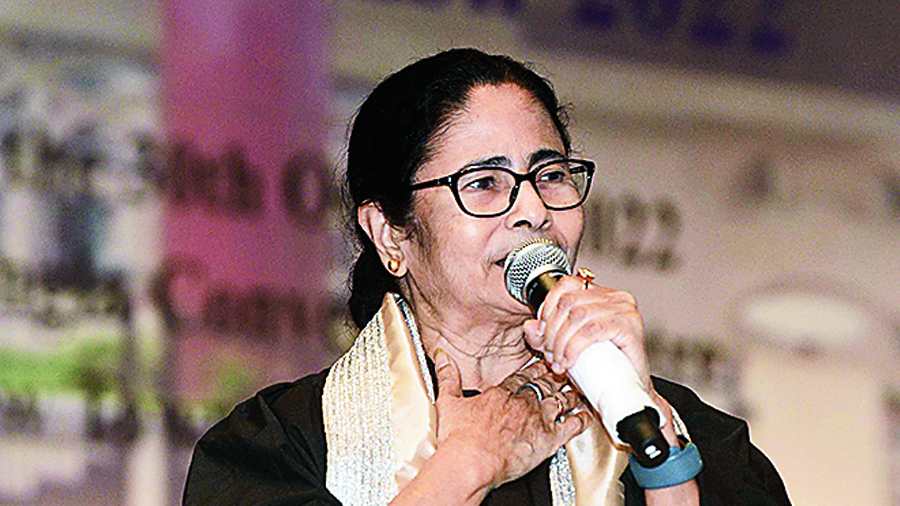One out of four people in West Bengal is Muslim. But Muslims are underrepresented in Bengal’s politics. They make up 27% of Bengal’s total population but their representation, at best, has been 20% in the Vidhan Sabha in 2011 and 2016. Ironically, only four cabinet members, or 9% of the entire cabinet, are Muslim in Mamata Banerjee’s current administration. During the Left Front regime, Muslim representation peaked in 2006 with 45 MLAs. Despite a significant 23% fall from 2016, the representation of Muslims in the 2021 assembly is still higher than that of any prior Left front government except 2006. In the Lok Sabha, Muslim representation from Bengal peaked in 2014 with the Trinamul Congress regime having 8 MPs. The figure fell to 6 in the 2019 general elections.
The Bharatiya Janata Party emerged as a political force in Bengal by winning 18 MPs and having 77 MLAs in the elections of 2019 and 2021, respectively. After the 2016 elections, Bengal’s politics became increasingly polarised, with the Left losing its support. As a result of the polarisation, according to the Lokniti-CSDS data, the TMC bagged 70% and 75% of the Muslim vote, respectively, in 2019 and 2021. The state had never witnessed such a skewed voting pattern among Muslims for any party. This can be attributed to the emergence of the BJP and the fear that Muslims felt during the anti-CAA-NRC movement.
However, the TMC itself got swayed by the polarisation, reducing its Muslim candidates to 48 in 2021 compared to 57 in 2016. In the recently-released list of TMC block presidents, there were only 14 Muslims out of 100 organisational blocks in North Bengal; 11 were from Malda and Uttar Dinajpur districts combined. Cooch Behar district, with 25% Muslim voters, could get only one Muslim block president out of 22 organisational blocks.
The question of representation has plagued Bengal’s politics for long with Muslims, Dalits, and other marginalised groups used as political pawns. Muslims overwhelmingly supported the Left when it was in power. They stopped supporting the Left and the Congress because of their failure to confront the BJP. Then they shifted their support en masse to the incumbent TMC. For example, Sujapur, a constituency in Malda with the highest percentage of Muslim voters in the state, had voted for the Congress since 1962. But the TMC holds the aces now.
However, if the problem of under-representation of Muslims under the TMC government resonates with the populace or if the fear of the BJP wanes, the Left or the Congress may be able to win back Muslim support. The TMC received 70% of the votes of Muslims in 2019, up from the 51% in 2016. This significant improvement is directly proportional to the fear of the BJP. But it may not be able to sustain the support in the long run. It is practically impossible for the BJP to win in seven Lok Sabha constituencies where the Muslim electorate is over 40%. If there is a certain degree of resentment against the TMC or if the Muslims were to vote strategically, then in these seven seats, the Left or the Congress will be in a position to trouble the TMC. The situation may even revert to 2014 when the Left and the Congress, although contesting separately, won all the seats in Malda, Murshidabad and Uttar Dinajpur.
The nomination of BJP turncoats like Babul Supriyo in a Muslim-dominated seat like Ballygunge showed that the TMC appears to have taken the support of Muslims for granted. Interestingly, in this seat, the Left gave a tough fight to the TMC and pushed the BJP to an insignificant third position. The Left’s revival could well be contingent on errors by the TMC.
Sumanta Roy is a research scholar, Jawaharlal Nehru University. Spandan Roy Basunia studies at NUJS, Calcutta










